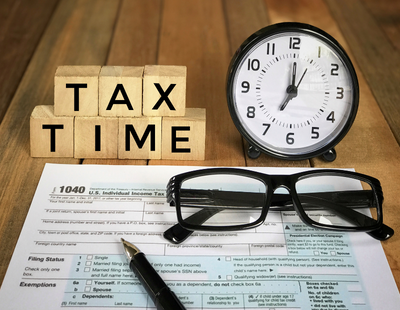The demise of the buy to let market has been much predicted over recent years. Major tax changes, a three per cent stamp duty surcharge, and increasing regulation have undoubtedly deterred some from entering the market.
Existing landlords have questioned the viability of their portfolio, and some have made the decision to sell up while house prices are on the increase. Indeed, a recent survey by Nottingham Building Society found that a fifth (20%) of landlords are considering selling all, or part, of their portfolios
Yet this means that 80% are still keen to retain their assets, suggesting that predictions of a mass exodus of landlords is highly unlikely to happen any time soon. So what are the continuing benefits of investing in buy-to-let property?
Competitive mortgage deals
After a Covid-induced lull, summer 2021 saw a surge of competitive buy-to-let mortgage deals, with many lenders increasing maximum loan to value (LTV) amounts from 75% to 80%. This means that potential investors do not have to raise quite such a hefty deposit to secure a mortgage. For example, on a purchase price of £300,000, the deposit at 75% LTV would be £75,000, while at 80% LTV it would be a more attractive £60,000.
Despite talk of inflation and a potential increase in the Bank of England base rate, interest rates on all mortgages remain historically low. In the buy-to-let arena, lenders have started to reduce interest rates and offer fee-free options.
Rise in rental demand
Buying an investment property is the first step, but how can you be sure of finding a tenant? The good news is that rental demand has picked up significantly since the last UK lockdown ended in spring 2021.
The agency trade body Propertymark reported a record number of new prospective tenants registering for homes in May. In June this year, there was an average number of five viewings before a property was let, indicating strong demand and confirming that landlords are generally able to choose the most suitable tenant for their property.
According to the English Housing Survey, nearly one in five households in England live in the private rented sector – that equates to over 4.4m households nationwide. 17% live in the social rented sector and 65% are owner occupiers.
With property prices continuing to rise, home ownership is becoming increasingly unrealistic for many. Some experts predict that the UK will become a nation of predominantly renters by 2045, with 55% per cent of the population living in the rental sector.
Increased regulation – a recipe for happier tenants?
It’s fair to say that most landlords will greet news of extra regulation with a groan rather than a cheer. In recent years the number of regulations has increased, with myriad laws and obligations that every landlord must abide by. These include anything from fitting smoke alarms and carbon monoxide detectors to issuing annual gas safety certificates and ensuring that electrical devices are safe to use.
While these measures may eat into a landlord’s time and profit, it should never be forgotten that they have been introduced for a good reason. Landlords have a responsibility to ensure tenant safety and rectify any repairs or faults within a reasonable time frame.
In the long term this can only be a benefit: recent data from the English Housing Survey shows that 83% of private renters are very or fairly satisfied with their accommodation. Happy tenants can lead to longer-term lets, thereby minimising the risk of missed rental income while a flat or house is left empty.
Your investment has the power to grow
With interest rates continuing to remain so low, cash kept in savings accounts has little or no return. Historically, property in the UK has proved a sound investment. Despite a property value crash at the start of the 1990s and another slump following the 2008 global financial crisis, house prices have risen astronomically over the long term, with current property prices at an all-time high.
In 1980 the average property cost was around £20,000 and today it is just over £250,000.
This means there are two potential profit channels when you enter the buy-to-let market: rental yield and the chance to make a good return if property prices go up and the decision is made to sell.
Discuss the pros and cons with an expert
It’s clear there are still many reasons why property investment remains a sensible financial move. There’s much to consider, however, including the tax implications, upfront stamp duty costs and letting agent fees if you decide to outsource management of the property.
Speaking to an accountant with expertise in the buy-to-let market is always advisable before committing to a purchase. As a potential landlord, it’s important to carefully consider your current income position, future financial goals, and your obligations towards your tenants.
For anyone just starting out, it can seem a daunting landscape. But with the right advice and realistic expectations, the rewards could easily outweigh the challenges.
*Donna McCreadie is a partner and property specialist at Perrys Chartered Accountants
Want to comment on this story? If so...if any post is considered to victimise, harass, degrade or intimidate an individual or group of individuals on any basis, then the post may be deleted and the individual immediately banned from posting in future.







.jpeg)






.png)





Join the conversation
Be the first to comment (please use the comment box below)
Please login to comment